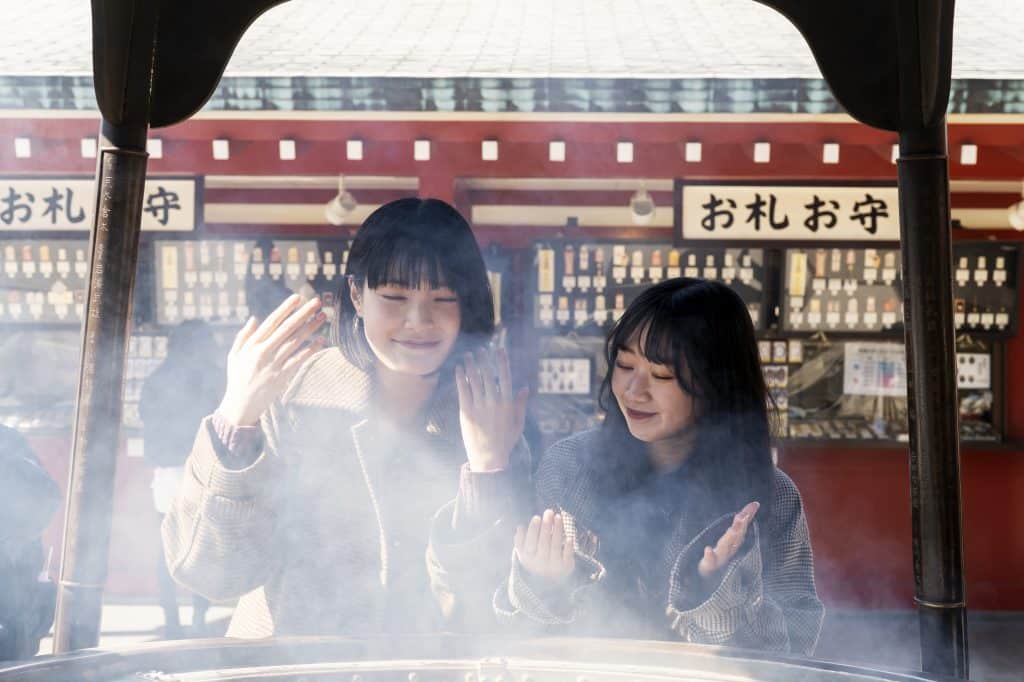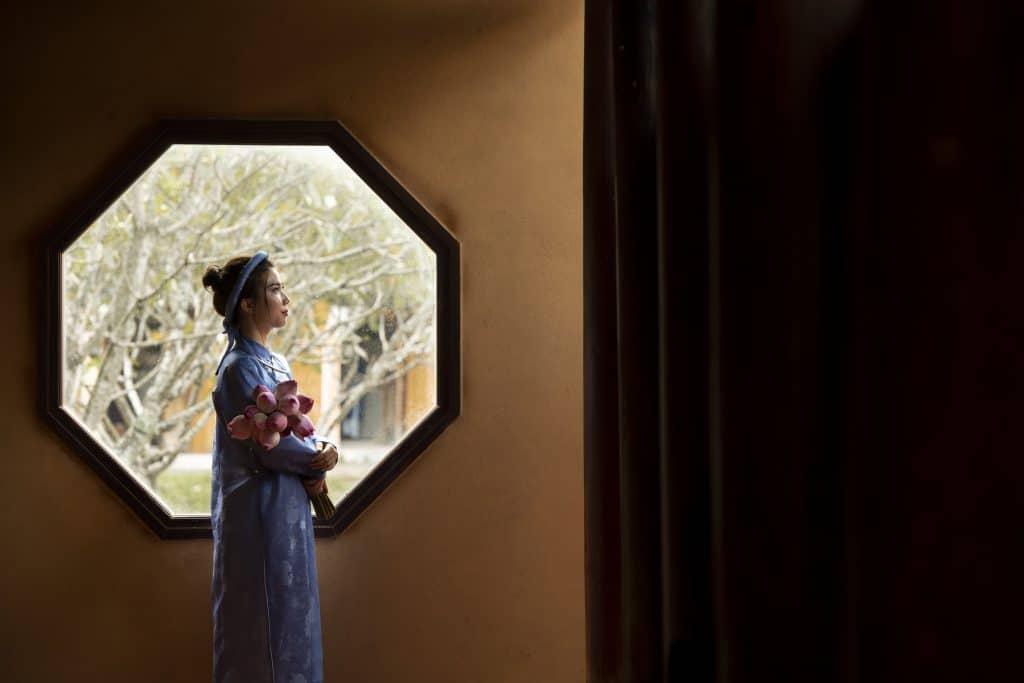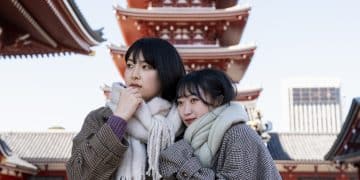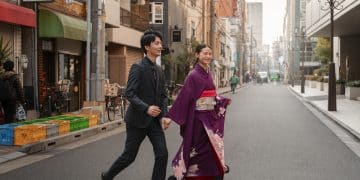The Power of Japanese Doramas Subtlety and Quietness
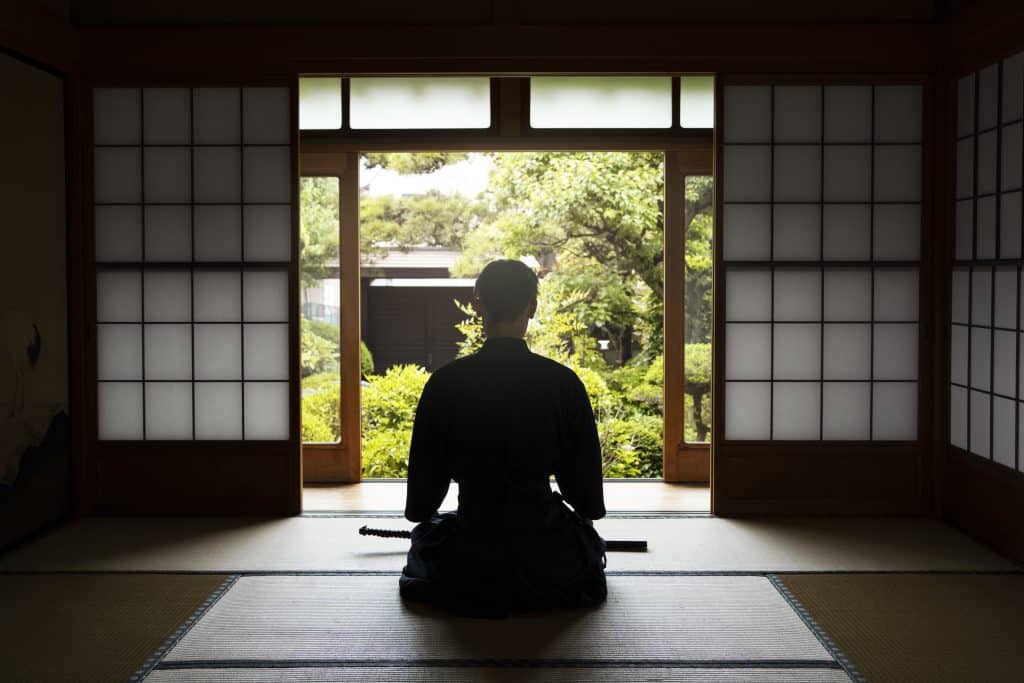
What Sets Japanese Doramas Apart
Japanese doramas, or TV dramas, are short-form series produced in Japan, usually spanning around ten to twelve episodes per season. They are distinct from Western television dramas in both tone and narrative approach. While Western shows often rely on extended seasons, intricate plot twists, and overt emotional displays, doramas prefer simplicity and quiet moments. Their stories tend to focus on ordinary people navigating everyday life, often emphasizing character growth and relationships rather than high-stakes drama or sensational cliffhangers.
Growing Worldwide Recognition
Over the past decade, Japanese doramas have gained popularity beyond their home country. International audiences are drawn to their heartfelt storytelling, which feels refreshing compared to the dramatic flair often seen in global television. Streaming platforms have made it easier for viewers around the world to access doramas, contributing to a surge in global fans who appreciate the unique style and pacing these series offer.
The Art of Subtle Emotional Depth
At the heart of Japanese doramas lies a quiet power: the ability to evoke deep emotion with little spectacle. Rather than relying on melodrama or exaggerated performances, doramas choose subtlety. They explore emotions through silent glances, thoughtful pauses, and everyday interactions. What may seem understated at first grows meaningful over time. By valuing restraint and nuance, these stories encourage viewers to sense and reflect on the feelings beneath the surface, creating an authentic emotional experience.
This gentle and reserved approach allows doramas to resonate deeply with audiences, inviting them to ‘read between the lines’ and discover the beauty within ordinary moments.
| Genre | Description | Notable Dorama Titles |
|---|---|---|
| Slice of Life | Focuses on everyday experiences and emotional moments. | Shinya Shokudo, My Liberation Notes (Japanese adaptation), Midnight Diner |
| Romance | Slow-burn relationships built through quiet interactions and mutual care. | Nigeru wa Haji da ga Yaku ni Tatsu (We Married as a Job), Love Lasts Forever |
| Family Drama | Explores intergenerational conflict, responsibilities, and love within families. | Kazoku no Katachi, Mother, Woman |
| Workplace / Professional Life | Follows the personal and professional lives of workers in different industries. | Hanzawa Naoki, Unnatural, Doctor X |
| Mystery / Psychological | Centered on investigations or personal psychological dilemmas. | Keizoku, Maou, SPEC |
| Youth / Coming-of-Age | Explores friendships, identity, and emotional growth among young people. | Orange Days, 1 Litre of Tears, GTO |
The Cultural Context: ‘Reading the Air’
Understanding ‘Kuuki wo Yomu’
A unique feature of Japanese communication is the phrase ‘kuuki wo yomu,’ which literally means ‘reading the air.’ This concept suggests that people are expected to sense the feelings and intent of those around them, even if nothing is said aloud. It encourages careful observation and sensitivity to subtle social cues, like pauses, facial expressions, and tone of voice. In daily life, choosing the right moment to speak—or not speak—matters as much as the words themselves.
Japanese Social Norms and Emotional Expression
Japanese society often values harmony and group consensus over individual assertiveness. Direct confrontation or open displays of deep emotion are generally discouraged, especially in public or group settings. This does not mean feelings aren’t present; rather, people learn to express themselves in understated ways. Apologies, gratitude, or affection are usually implied rather than boldly declared. Such restraint is regarded as a social virtue, helping preserve peace and mutual respect.
Impact on Dorama Narratives
This cultural backdrop strongly shapes Japanese dorama storytelling. Characters in doramas frequently navigate situations using hints, silences, and indirect communication. Emotional moments unfold in meaningful glances, hesitant gestures, or quiet acts of consideration. Conflict and resolution are rarely loud or explosive; instead, they rely on implication and shared understanding. Audiences are invited to sense what lies beneath the surface, enhancing their emotional involvement and enjoyment.
By reflecting these cultural norms, doramas create stories where subtlety replaces spectacle. This approach draws viewers into an attentive, interactive experience, preparing them to appreciate the visual and narrative subtleties that follow elsewhere in the genre.
Visual Storytelling: The Power of the Unsaid in Doramas
Crafting Emotion Through Subtle Visual Cues
Japanese doramas excel at communicating layers of emotion with just a glance or a fleeting smile. The camera often lingers on the small shifts in a character’s expression—a quivering lip, darting eyes, or a gentle blush. These tiny details invite viewers to pay close attention, letting them feel the pulse of each moment. Rather than relying on heavy dialogue, the filmmakers highlight meaningful glances between characters. A short pause or the way two people avoid making eye contact can reveal longing, hesitation, or understanding.
The Expressive Use of Silence and Sound
Instead of filling space with constant music and chatter, doramas employ silence as a powerful storytelling tool. These purposeful pauses are not empty; they are full of unsaid words and unresolved feelings. The sounds present—perhaps the gentle clinking of dishes, rain tapping against a window, or the distant call of birds—set the emotional atmosphere. This ambient sound design builds a sense of place and mood, gently guiding the audience without telling them how to feel.
Pacing That Fosters Reflection
The pacing in Japanese doramas is deliberate and often slower than Western dramas. This unhurried rhythm allows key moments to breathe. Viewers are given time to sit with a character’s decision, notice quiet gestures, and dwell on what remains unsaid. Emotional resonance builds slowly, making the eventual payoff feel earned. This careful attention to timing strengthens the sense of authenticity and invites deeper engagement.
By leaning into visual nuance and the expressive power of silence, Japanese doramas draw viewers closer to the characters’ inner worlds. This immersive approach paves the way for stories centered on ordinary life to reveal extraordinary depth.
Character Development: Depth Through Everyday Moments
Subtle Portraits in Ordinary Life
Japanese doramas excel at revealing character strength and vulnerability through quiet, everyday moments. Instead of relying on intense confrontations or major plot twists, doramas often focus on the small routines of daily existence — sharing breakfast, tidying up a workspace, or riding a crowded train home. Through these slice-of-life scenarios, viewers witness subtle shifts in mood, values, and personality. A character’s hesitation before speaking, or the extra moment spent preparing a meal, can communicate far more than words. These moments are carefully crafted to allow the audience to connect with characters naturally, without the need for dramatics.
Embracing Flaws and Relatability
Unlike many Western shows that showcase extraordinary heroes or villains, doramas often spotlight people facing everyday challenges — missing a bus, struggling with self-doubt, or navigating awkward social interactions. Characters are not flawless or idealized; their mistakes and imperfections are embraced as part of their humanity. This grounded depiction makes them instantly relatable, and viewers can see reflections of their own lives and struggles. Growth is depicted in the small choices and quiet perseverance shown by the characters, rather than through sudden changes or grand gestures.
Focus on Inner Growth
Doramas place emphasis on the internal evolution of their characters. Rather than embarking on epic journeys, individuals in these stories learn resilience, acceptance, or joy through personal reflection and ordinary experiences. Change unfolds gradually, often unnoticed even to the character themselves, but visible to an attentive audience. This approach encourages viewers to appreciate the significance of small acts and minor realizations.
A close look at everyday life allows doramas to build empathy for their characters. By drawing viewers into the ordinary, these stories cultivate a genuine emotional connection that resonates on a deeper level.
Relationship Dynamics in Doramas: The Art of Understatement
Quiet Growth in Romantic Connections
Romantic relationships in Japanese doramas often blossom through subtle exchanges and gradual mutual understanding. Instead of dramatic confessions or grand gestures, connections develop from shared routines and small acts of caring. A meaningful glance, the offer of an umbrella on a rainy day, or wordless encouragement during a tough moment often say more than any overt declaration. This quiet approach creates believable chemistry, giving viewers time to invest in the characters’ journeys and recognize real emotion beneath the surface.
Layers Within Families
Family ties in doramas are painted with nuance, often revealing years of unspoken history and obligation. Scenes may feature simple family dinners where silence, hesitant glances, or the rhythm of daily chores convey tension, affection, or regret. Characters rarely confront each other head-on. Instead, they express concern through practical acts—preparing a favorite meal or driving someone to work. In these moments, the depth of feeling shows in what remains unsaid, letting audiences “read the air” and uncover the complexities of love, duty, and reconciliation on their own.
Friendship Proven in Action
Friendship is shown through consistency and understated support rather than stated loyalty. A friend who stands quietly by in times of need, or one who listens without advising, is as central as the protagonist. These relationships unfold over time, marked by gestures that may seem minor but are rich with meaning: waiting at a station, sharing a warm drink, or remembering small details. The reward for viewers is a sense of genuine connection, built on trust, patience, and empathy.
Moving forward, we continue to see how these understated dynamics shape storytelling, fostering a unique emotional payoff.
Narrative Structure: Emotional Payoff Without Melodrama
Building Emotional Investment Through Patience
Japanese doramas are known for their measured pacing. Rather than rushing into dramatic confrontations or high-stakes twists, these stories unfold with calm persistence. Moments that may seem mundane—shared meals, silent walks, a lingering glance—accumulate slowly to reveal deeper feelings. The investment comes from allowing viewers to truly inhabit the characters’ worlds, gently coaxing empathy and understanding over time.
Authentic Climactic Moments
Unlike many Western dramas that favor explosive arguments or sudden revelations, Japanese doramas reach emotional high points with restraint. Climaxes often arrive in the form of small but meaningful gestures. For example, an unspoken apology, a soft-spoken word of encouragement, or a simple change in routine can signal a turning point. These moments feel genuine, as they match the natural rhythms of real relationships. The emotional payoff is earned because viewers have grown with the characters, sharing in their small victories and struggles.
Resolutions Rooted in Acceptance
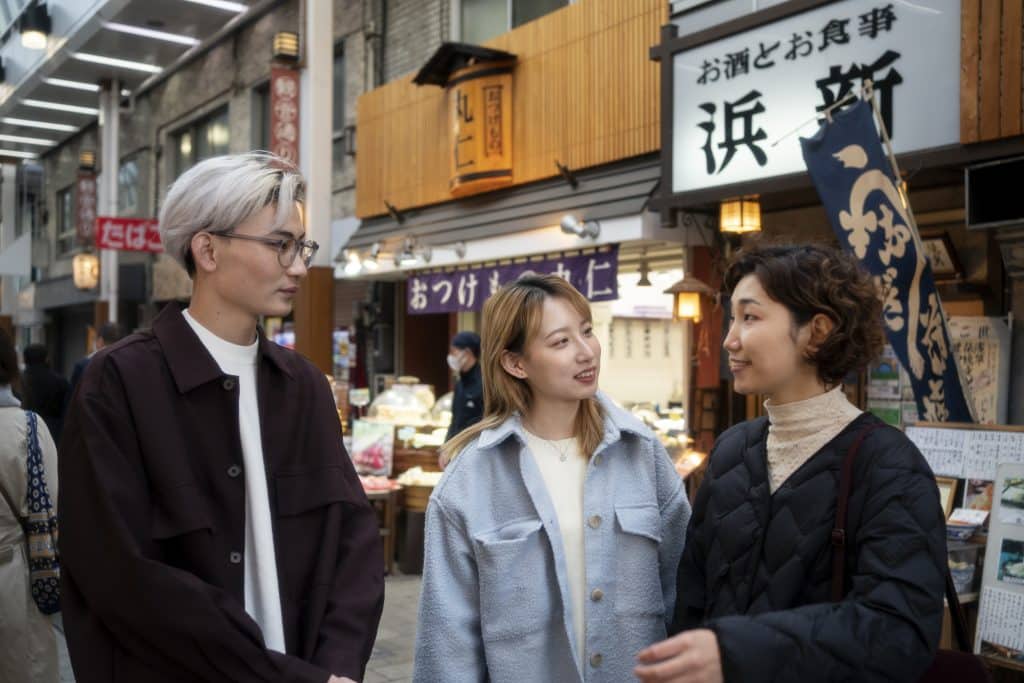
Resolution in these stories rarely comes with dramatic closure. Instead, characters often address conflict through quiet reflection and understanding. Rather than “winning” after a heated standoff, they find peace by accepting their own flaws and those of others. This approach models a compassionate way to face difficulties, suggesting that personal growth comes from acceptance rather than confrontation.
As a result, the narrative structures of Japanese doramas often linger with viewers. Their stories close softly, but the emotional resonance endures. This storytelling method helps cultivate a genuine and lasting connection between audience and character, setting the stage for deeper explorations of emotional authenticity.
Case Studies: Notable Examples of Emotional Authenticity
Memorable Scenes Highlighting Subtlety
Japanese doramas are known for moments that reveal deep feeling through quiet, everyday actions. In “Shitsuren Chocolatier,” for example, a character’s slight pause and soft smile while offering chocolate says more about longing than words ever could. Rather than focusing on loud declarations, these shows highlight quick glances, nervous laughter, or a gentle touch on the shoulder. Each small gesture feels true to life, reflecting a respect for real relationships.
Western Versus Japanese Approaches
When looking at similar scenarios in Western dramas, the difference is clear. Western series often favor direct dialogue and dramatic outbursts when expressing heartache or joy. A confession of love might come with a sweeping music score or a public scene. In contrast, Japanese doramas present the same feelings through a shared umbrella on a rainy day or a quiet phone call late at night. This restraint encourages viewers to notice what remains unsaid and find empathy in silence.
Creators Known for Emotional Resonance
Directors and writers like Hirokazu Koreeda and Aya Watanabe are respected for crafting such authentic moments. Their works often center on family meals, school corridors, or daily commutes, using these ordinary backdrops to explore unspoken tension and affection. Instead of inventing spectacle, they trust the audience to understand the pain, hope, or comfort nestled in routine.
Japanese doramas demonstrate that the quietest moments often carry the most meaning. By focusing on authenticity and subtlety, these stories invite viewers to slow down and reflect, preparing them for a deeper appreciation of emotional connection as the journey continues.
Global Appeal of Doramas : Why These Storytelling Techniques Resonate Worldwide
Emotional Authenticity Transcends Borders
Japanese doramas have found devoted audiences far beyond Japan. One reason is their sincere approach to storytelling. Instead of relying on dramatic twists or emotional manipulation, these shows depict feelings through everyday actions, quiet conversations, and genuine reactions. This authenticity speaks to viewers everywhere, as it reflects the real-life way people connect and misunderstand one another.
Unlike some Western dramas, where characters might confess everything in a single outburst, doramas highlight the power of restraint and subtlety. Emotional moments unfold naturally, making the audience work to pick up on unspoken cues. This leads to a deeper, more respectful form of engagement, as viewers feel invited into the emotional world of the characters rather than pushed by forceful storytelling.
A Universal Craving for Honest Emotion
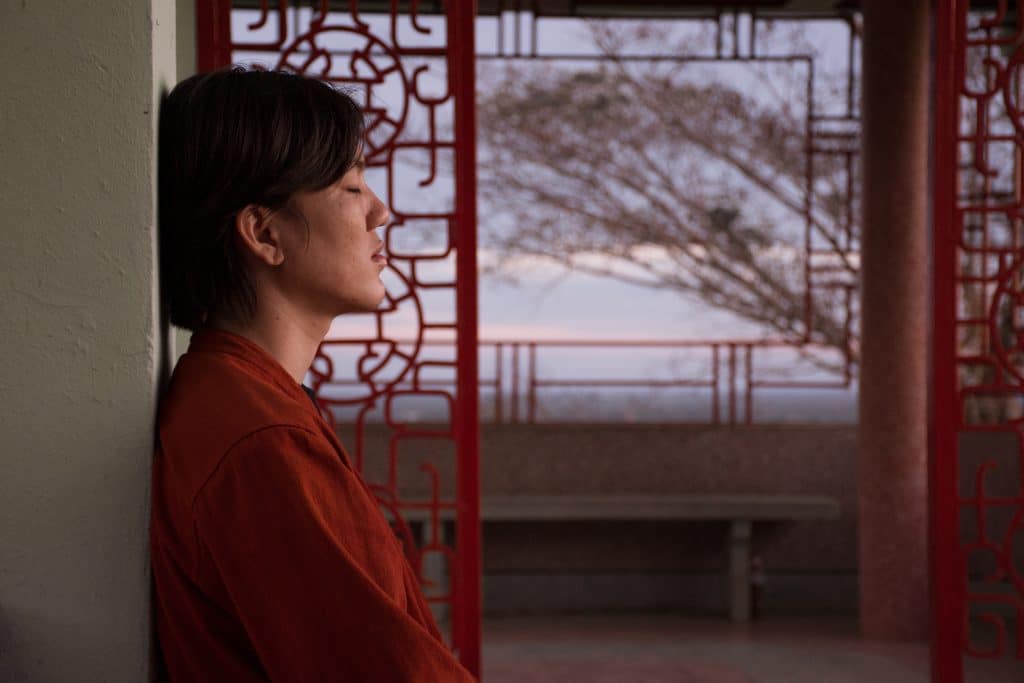
Around the world, people yearn for stories that feel true. Many viewers are drawn to doramas because the characters’ journeys mirror their own. The dilemmas are familiar—navigating family tensions, growing through small setbacks, or quietly building trust in relationships. The understated delivery ensures that moments of catharsis feel earned, not staged. This gentle approach can be refreshing, offering comfort during stressful times with narratives that honor the quiet challenges of daily living.
Global Reach Through Streaming Platforms
The rise of streaming services has played a major role in the international popularity of doramas. With easy access and subtitles, global audiences now experience storytelling previously limited to Japanese speakers. This broad accessibility allows people from diverse backgrounds to appreciate the emotional nuance and subtle artistry that set doramas apart.
As more viewers around the world encounter these shows, subtle storytelling is gaining recognition as a powerful way to represent human connection.
Conclusion: The Lasting Impact of Subtle Storytelling
Recap of Subtle Emotional Storytelling
Japanese doramas have gained international recognition for their unique style of emotional storytelling. They avoid loud melodrama and instead lean on gentle, everyday moments. Through restrained dialogue, careful pacing, and the power of implication, these shows create space for viewers to reflect and feel alongside the characters.
This approach results in a more intimate connection between audience and story. Viewers are encouraged to notice what is left unsaid: a hesitant smile, a quiet pause, or a small act of kindness. These understated touches allow for layered emotions and subtle character growth that feel true to life. By valuing nuance over spectacle, doramas often leave a deeper emotional imprint that lingers long after the credits roll.
Lessons for Western Storytelling
Western dramas often rely on dramatic twists and expressive declarations to signal turning points or signal emotional depth. In contrast, Japanese doramas reveal that quietness and restraint can offer just as much, if not more, emotional power.
Embracing subtlety allows stories to mirror real experiences where words are not always enough, and feelings often dwell beneath the surface. Western creators can learn from this balance between what is shown and what is hidden—an approach that respects viewers’ intelligence and emotional intuition.
Building Lasting Connections
By focusing on authenticity and the beauty of ordinary moments, doramas offer a style of storytelling that resonates worldwide. These techniques create deeper, more meaningful bonds with viewers. The appreciation for subtlety in doramas points to a universal truth: sometimes, the softest voices are the ones that stay with us the longest.
